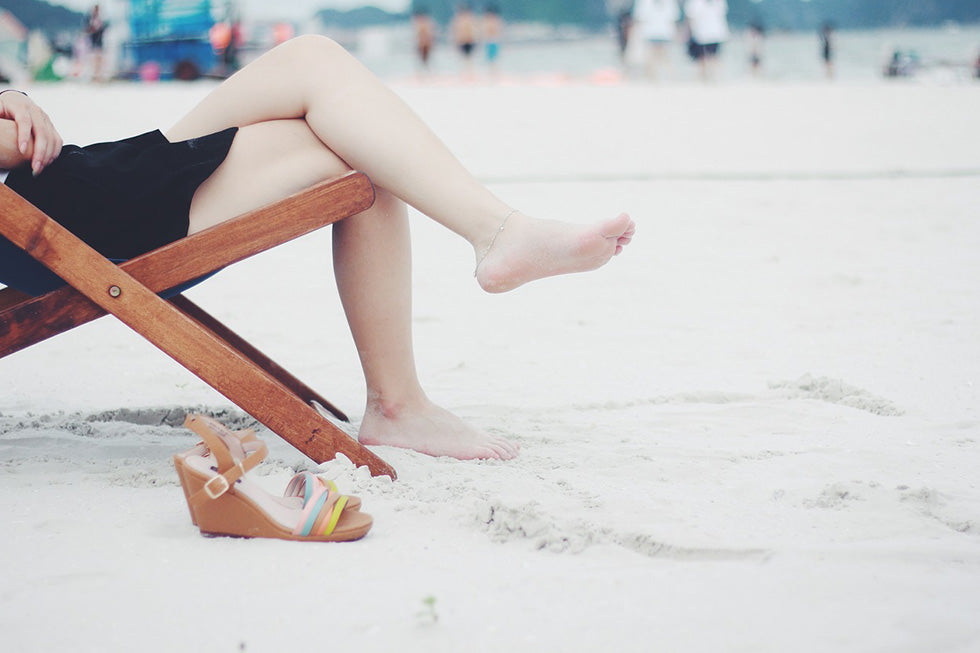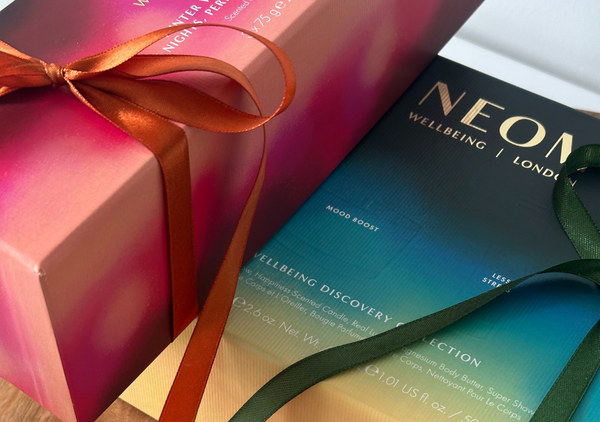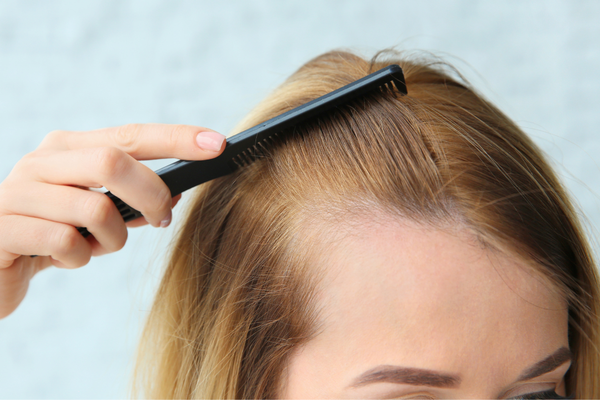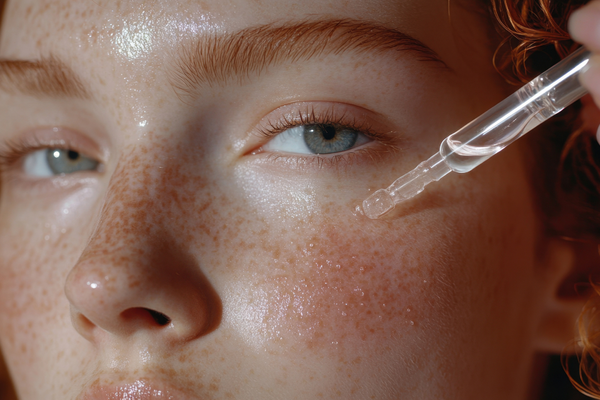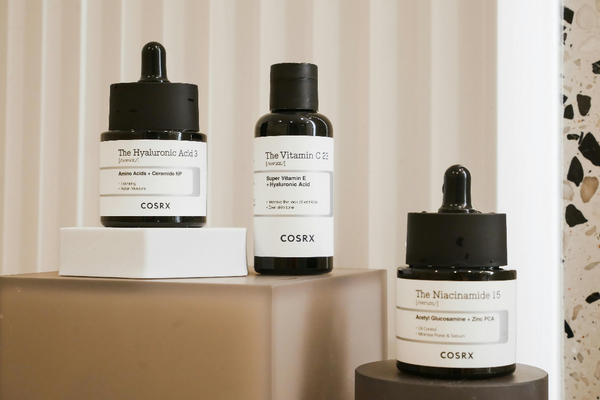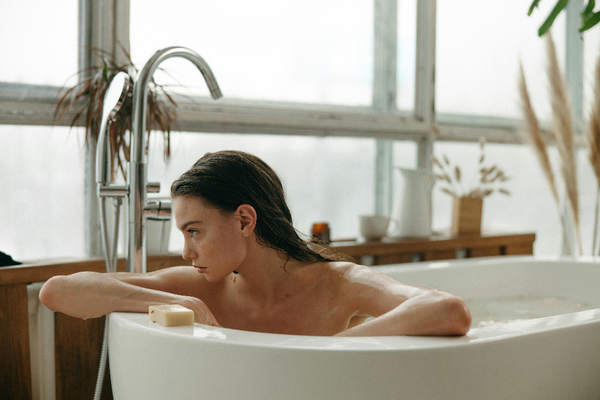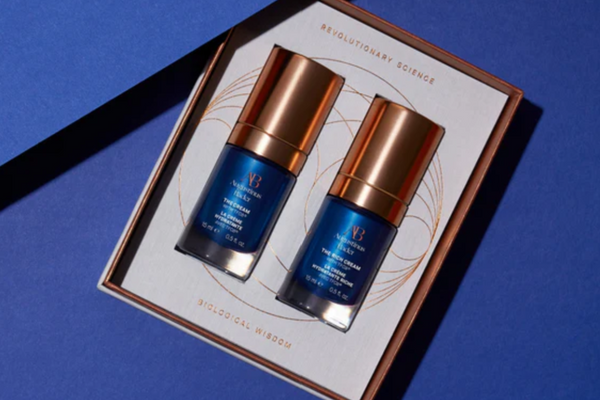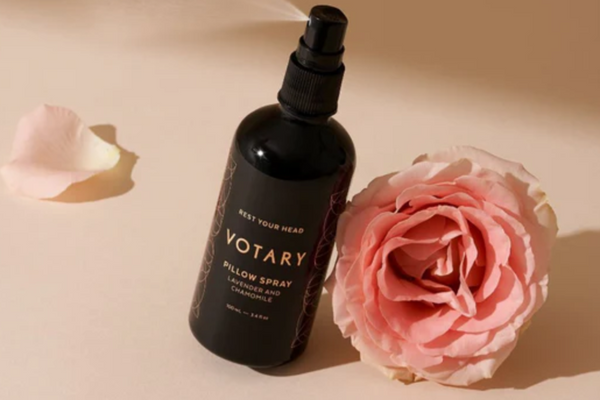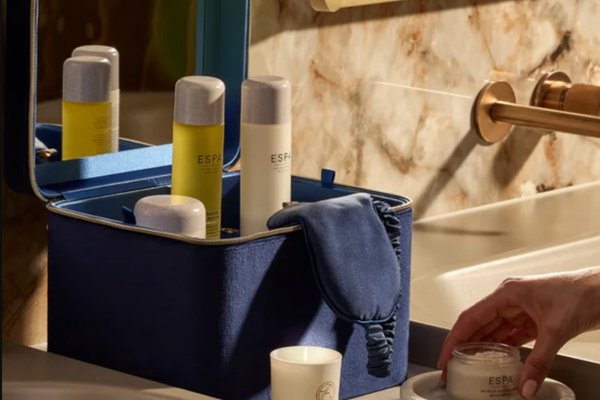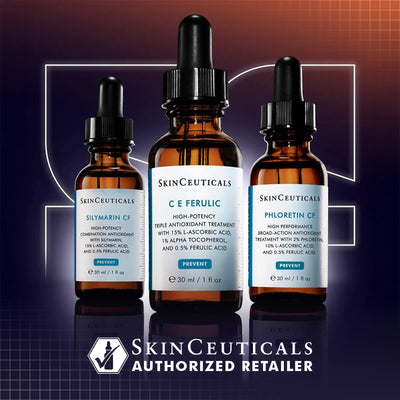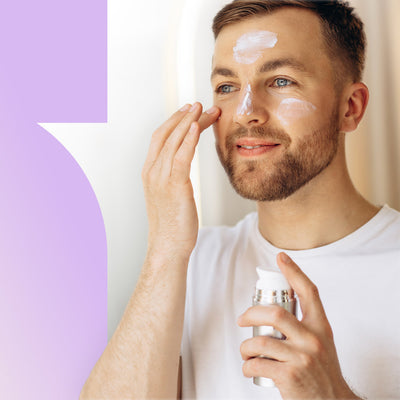Verrucas: What Are They & How to Get Rid of Them
A verruca, also known as plantar wart, is a common skin lesion that is most commonly found on the foot. They are caused by the Human Papilloma Virus, which is responsible for...
A verruca, also known as plantar wart, is a common skin lesion that is most commonly found on the foot. They are caused by the Human Papilloma Virus, which is responsible for common cold sores and other wart like conditions.
How to Identify a Verruca
They appear as a small lesion, normally between 1-5cm, most commonly on the sole of the foot. They usually develop into a firm callous with a rough, irregular surface. Often confused with a corn, a verruca can be identified by small black specks in the centre. These are broken blood vessels that develop from the lateral pressure of the body when standing. However it is important to know not all verrucas can be identified in this way, as some verrucas don't have any visible vessels.Verrucas are highly contagious and can be spread directly through contact from an infected individual. It is also possible to indirectly spread from skin cells, which may be present on towels, socks, carpet and wet room surfaces. This makes communal wash areas, spas, swimming pools and bathroom surfaces the prime location for cross contamination. Young children are highly susceptible, with verrucas most commonly found in people aged 5-25. Nevertheless, a verruca can develop at any age.Treatments
We have been treating verrucas successfully for over a decade using common methods such as Electro-cauterisation and Cryotherapy. Although they are effective methods, the uncomfortable downtime has led to further technologies being developed. We have now introduced the latest technology in medical aesthetic, Plexr therapy.
Plexr is a revolutionary system using plasma, the fourth state of matter, to directly treat, target and prevent the spread of heat to the surrounding tissue. Plasma is formed by the ionisation of atmospheric gas to stimulate contraction and shorten the tissue fibres, reducing the skin surface. It is used widely for the treatment of keloid scarring, acne, ptosis, rhytids, moles, stretch marks, herpes simplex, warts and verrucas.
Drying the wart out and stimulating the wound healing process delivers inflammatory cells to the site to fight infection. This inflammatory phase occurs within hours of the treatment being carried out, therefore encouraging the body to reject the wart and clear the lesions. Immediately after treatment a crust formation will act as a protective layer and prevent against infection. This will last for about 7-10 days before falling off. The tissue beneath the lesion will shrink leaving no scar tissue or inflammation around the site.
Prices for a consultation and treatment start from £99.
For more information please call our clinic on 0113 282 3300.

